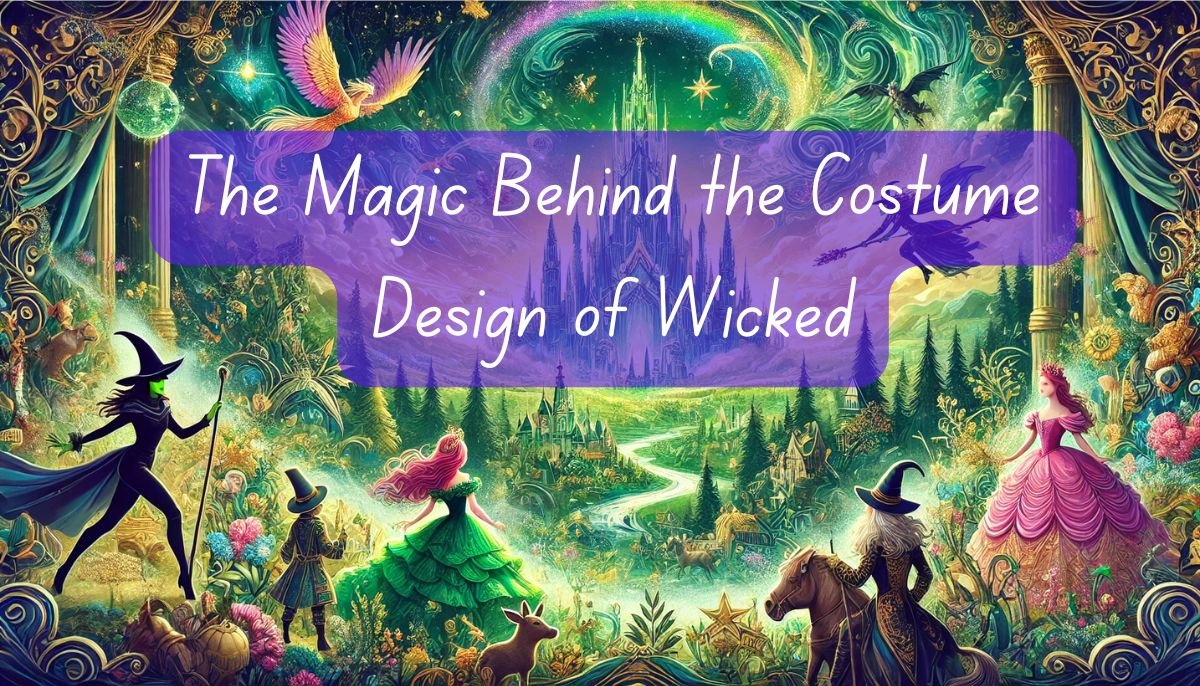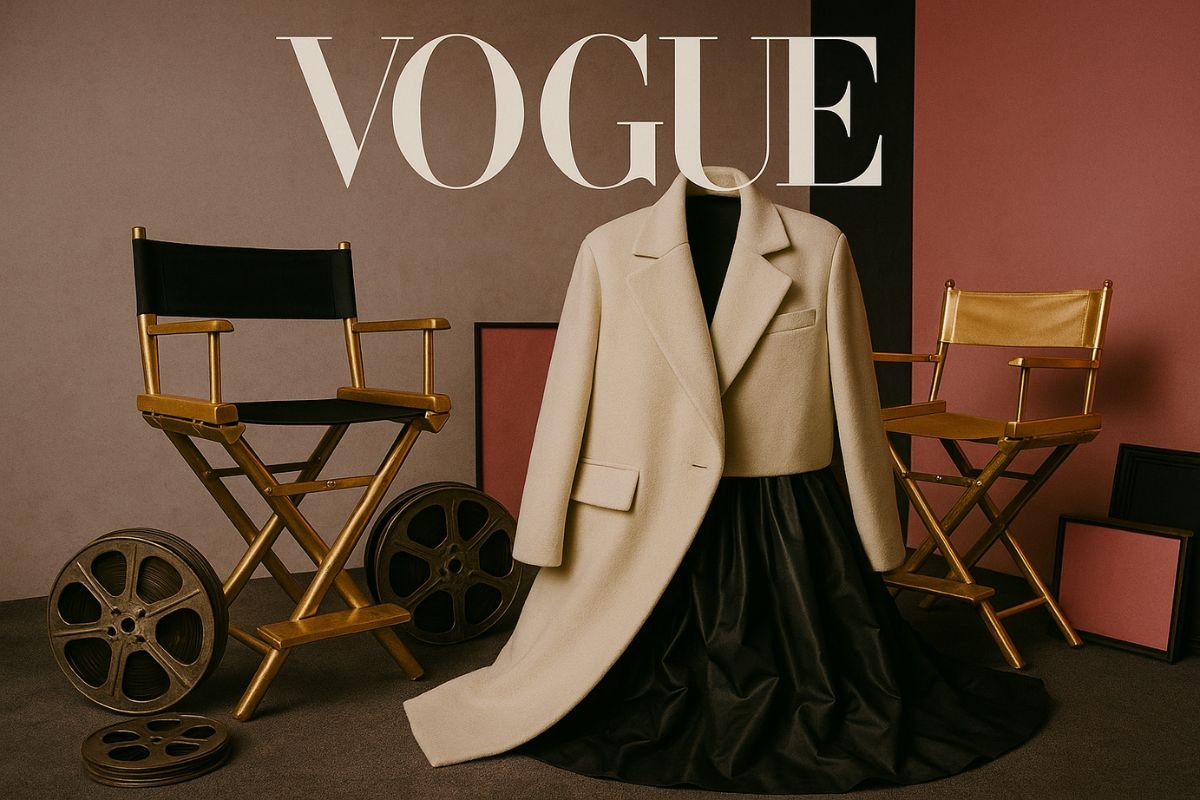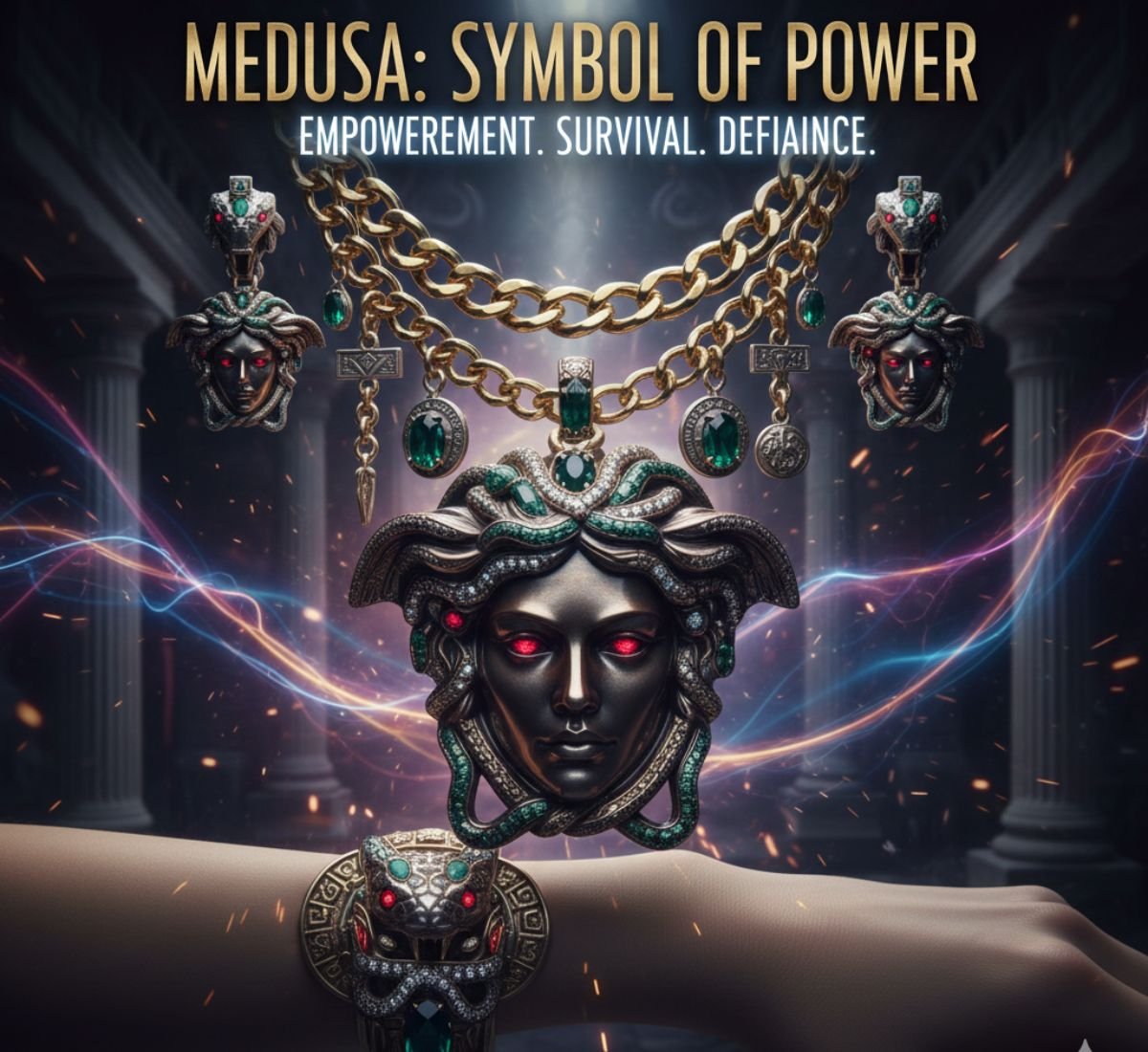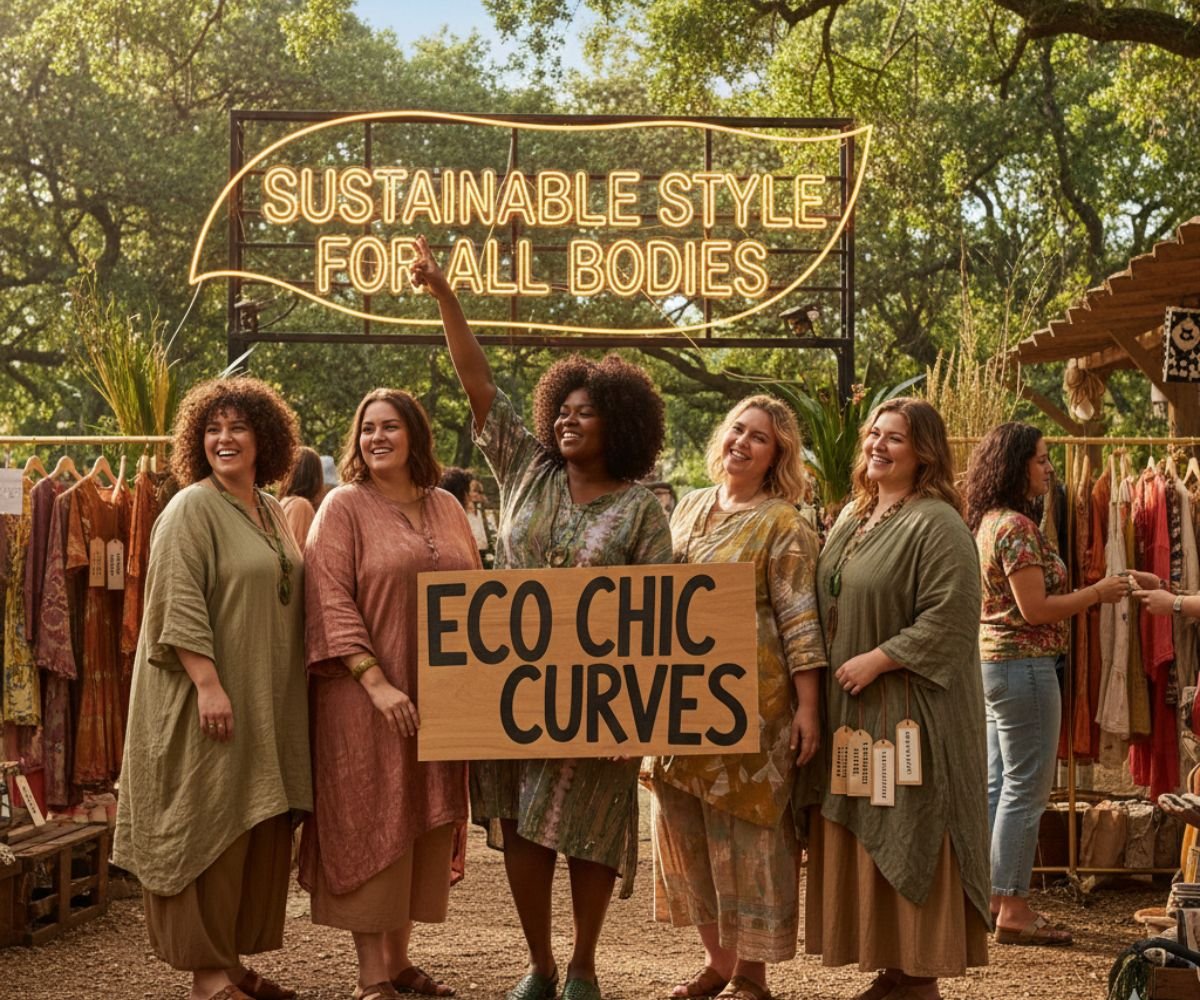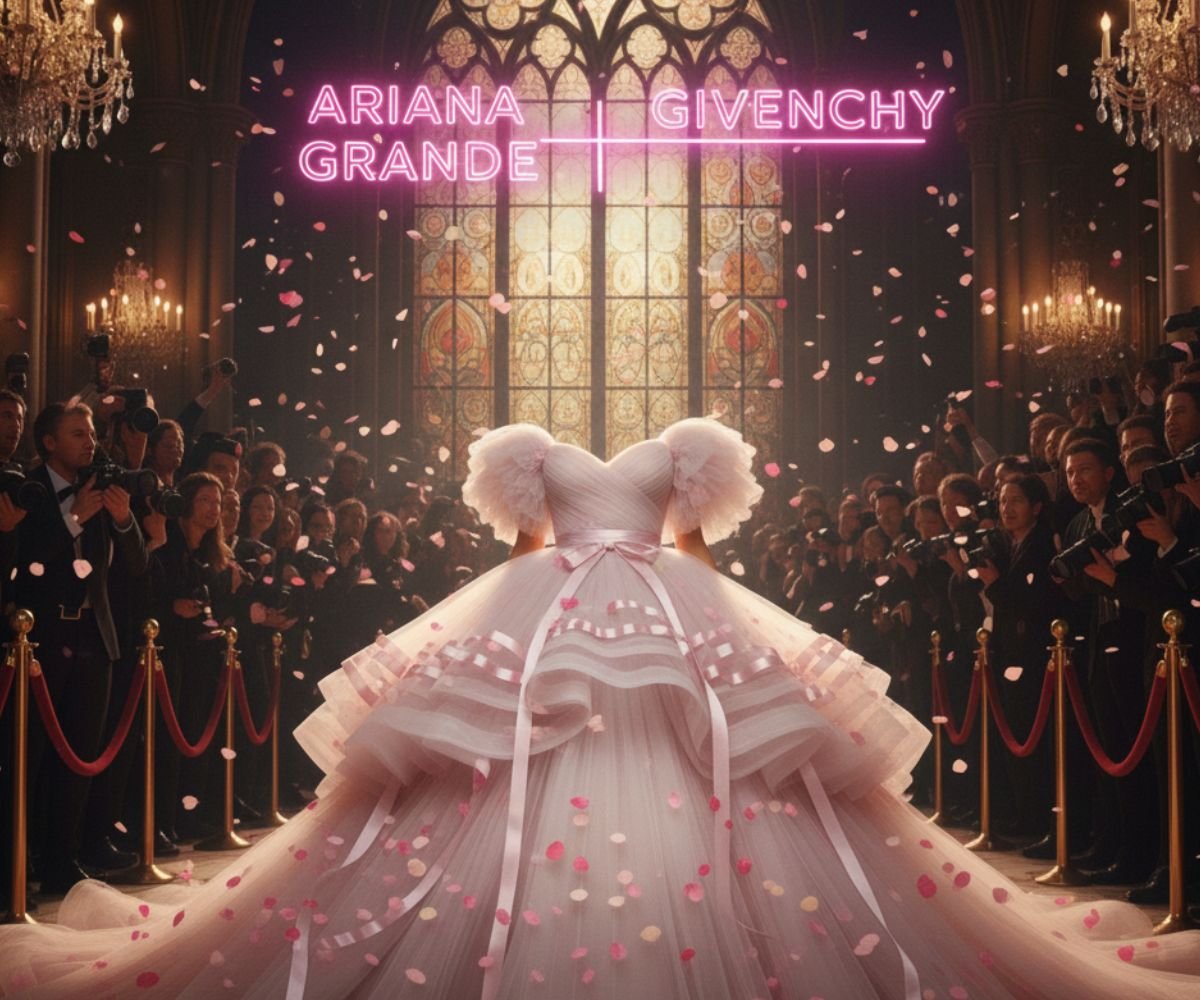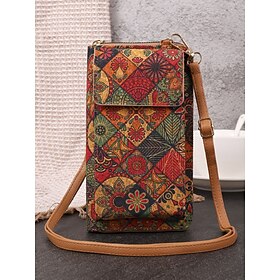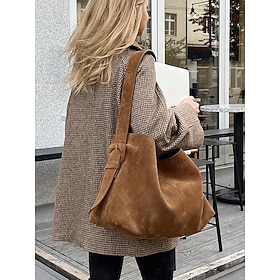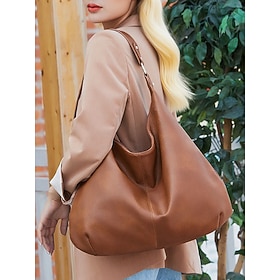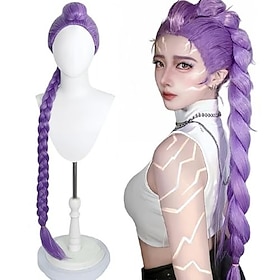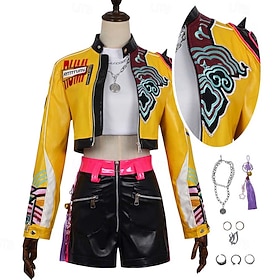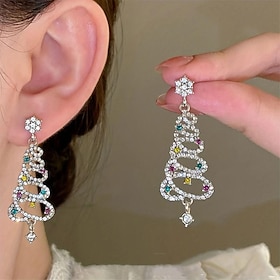A brief overview
Costume design is often considered the heartbeat of cinematic storytelling, weaving intricate narratives through fabric, texture, and color. Universal’s dazzling adaptation of Wicked is no exception. The film beautifully showcases the genius of American costume designer Paul Tazewell, the creative mastermind behind its breathtaking wardrobe. His designs transform characters into living symbols of their roles within the enchanting Land of Oz.
View this post on Instagram
Beyond the Emerald City
Paul Tazewell’s approach to designing the costumes for Wicked was rooted in expansion and inclusivity. His goal was to elevate the beauty of Oz by incorporating details that represent the diverse communities within its borders. This vision resulted in a rich tapestry where each character and culture feels distinct yet seamlessly integrated into the larger narrative.
Redefining Elegance – The Costumes of Wicked
Glinda’s Timeless Glamour
Glinda’s style draws inspiration from the 1950s Dior aesthetic, exuding grace and perfection. Tazewell crafted a wardrobe that radiates elegance, with the showpiece being the OzDust Ballroom gown—a dazzling creation featuring a golden-pink ombré hue and petal-like embellishments that add a romantic yet contemporary touch.
🖤 Elphaba’s Dark Allure
Elphaba, portrayed by Cynthia Erivo, commands attention with costumes that embody her power and defiance. Her iconic black hat amplifies her striking presence, while the choice of deep, dark hues symbolizes her inner turmoil—standing in sharp contrast to the lighter tones of the other characters. This stark visual difference reinforces the complexity of her identity.
♿ A Symbolic Representation – Nessa rose’s Costume in Wicked
Nessarose, played by Marissa Bode, is a character who navigates the world from a wheelchair. Tazewell designed her costumes to celebrate her individuality, using various cream-toned fabrics that symbolize purity and familial contrast, aligning with her unique storyline.
👑 Regal Rebellion – The Costumes of Prince Fiyero
Prince Fiyero’s costumes merge military precision with tribal artistry. His ballroom attire, adorned with gold buttons and North African-inspired embroidery, reflects the royal lineage of his character while adding an element of cultural depth.
The Power of Symbolic Costume Design
Paul Tazewell’s meticulous attention to cultural and historical elements enriches the storytelling of Wicked. From tribal patterns to historically inspired silhouettes, his designs transport audiences into a fantastical world that still feels grounded and relatable. These costumes do more than just decorate the characters—they extend their emotional journeys, embedding deeper meaning into every stitch.
View this post on Instagram
The magic of Wicked extends far beyond its captivating storyline—it flourishes in the intricate artistry of its costume design. Paul Tazewell’s work is a testament to how fashion in film can transcend aesthetics, becoming a language of identity and diversity. This cinematic wardrobe reminds us that even the smallest details hold the power to tell a fairy tale of their own.


